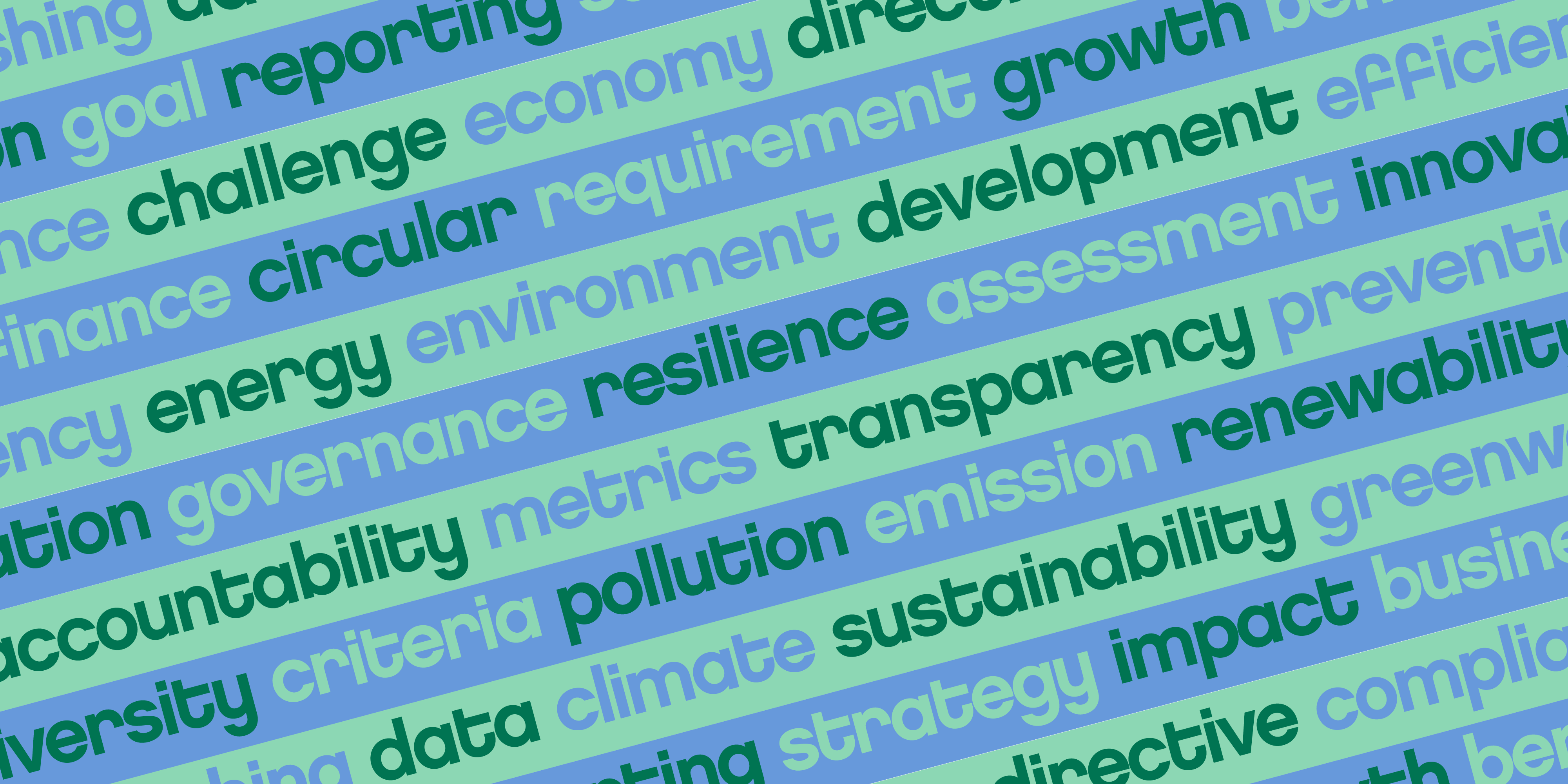
Sustainability
7 minute read
Carbon accounting: what is it and how to get started?
Hugo Stenberg, Sustainability manager at Neste, answers five questions business owners have on their minds about carbon accounting.
A full and frank account of a company’s climate impact is increasingly important for businesses. Ensuring that you’re leaving the planet in the same state as you found it – if not outright improving it – has become a key part of any business’s sustainability agenda.

One important building block for a company’s sustainability agenda is having a full account of the company's climate impact, often done through carbon accounting. As a global leader in the field of renewable diesel and sustainable aviation fuel, Neste has long been developing its own carbon accounting and ensuring that its climate targets are aligned with the company's purpose and strategy, as well as sustainability priorities. All of which makes Hugo Stenberg, working as a Sustainability Manager at Neste and leading the climate and circular economy team, well-placed to answer key questions about what carbon accounting is, why it’s important, and how businesses can get started in calculating their carbon footprint.
1. What is carbon accounting?
Carbon accounting, or greenhouse gas accounting to be more exact, involves calculating the climate impact of a company to form a so-called greenhouse gas (GHG) emission inventory - a repository of GHG emissions caused by the company, commonly known as the “carbon footprint” of the company. There are plenty of different standards and methodologies to determine how GHG emissions should be accounted for in your company’s emission inventory – the result of a world starting to wake up to the climate emergency – and there is no single truth on which calculation standard or methodology works best for your company.
Stenberg says: “Nevertheless, to get started, you need to understand what kind of GHG emissions are related to your company’s value chain; for example, what kind of energy is used in your own operations and production, and how much of it? What are the emissions related to that energy? And depending on the company, what other kinds of emission sources there might be from production of purchased goods and services to business travel of the company employees to the use of the products sold by the company?”
Checking the whole value chain for potential GHG emissions is key because it varies by sector and by company. At first glance, a manufacturer may appear to have far more GHG emissions than a business in IT – but as soon as you look down the value chain, you may be surprised how much GHG emissions are produced by a consultant flying out to meet clients.
“It’s not astrophysics,” says Stenberg. “When you know what your biggest emission sources are, for example what kinds of energy you use and how much, you can start calculating your carbon footprint.” Different kinds of emissions factors need to be defined to translate activity data, for example the amount of used electricity, into GHG emissions: one of the best known emission factors is the amount of greenhouse gas emissions caused by the production of one megawatt hour of electricity.
When businesses are trying to calculate their GHG emissions, there’s a temptation to let perfect be the enemy of good. It’s sometimes necessary to make generalizations, or to rely on assumptions. “The further away you go from your own operations, the more difficult it gets to have exact data,” says Stenberg. Estimating is better than nothing – particularly when you’re trying to enact change.
2. Why is it important for businesses to account for their emissions?
“Companies are being evaluated not only by customers – and the discussion about climate is in the public media – but also other stakeholders, like investors,” says Stenberg. All are asking how businesses are taking their climate impact into account as part of their strategy. “If you don’t have an idea of the impact of your company and its activities, how can you even start to answer that question?” asks Stenberg.
Many businesses have broad brush goals for climate, for example reaching net zero by 2050 – but those become nothing more than platitudes if you don’t yet know what your business’s current impact is on the climate. And as environmental regulations increase in complexity and importance, knowing what your current climate impact is has become more important than ever.
3. Is carbon accounting difficult?
Taking stock of your climate impact can appear daunting to companies - simply knowing where to start and where to stop can make it all seem like a difficult task.
But it needn’t be that complicated, says Stenberg. “It’s not something to be afraid of,” he says. “Many companies will already have some pieces of data that they can start from.” You need to break it down into simple components: this is what our business does, and what its most important GHG emission sources are. You can pull electricity usage from bills paid to suppliers; how many business flights are taken from travel management systems. “You can start from these sorts of things that are most relevant to you,” he says. They are also typically the things that you want to prioritize in your climate roadmap. “That makes it a bit easier to get started.”
“After getting started, companies want to increase the reliability and comprehensiveness of their GHG inventory. This means that the amount of needed data increases, and especially for companies with operations around the globe, getting reliable data from all of the company’s facilities for calculating even its own GHG emissions is by no means a simple task. Furthermore, increasing the accuracy of the greenhouse gas emission inventory across the value chain requires collaborating with a large number of suppliers and partners, which definitely cannot be done overnight”, Stenberg adds.
It may be that a business needs external help to map out the climate impact of their operations – but it might make sense to understand the big picture within the organization first to know what kind of outside help is needed.
4. There are lots of emissions calculators online. Are they helpful, and how do they work?
A quick web search will show there are plenty of websites that profess to calculate a company’s carbon footprint – either for free or for a cost. But are they any good?
“There are these emissions calculators out there, and they can help you get started” says Stenberg – but he cautions against relying solely on them. “The issue is if you only use those emissions calculators, you might think it gives you the answer – but the calculation could be a black box.” It’s difficult to know how the calculator arrived at the number it did, and therefore what you can do to reduce your carbon footprint. A more root-and-branch approach is better, especially for the most relevant GHG emissions for your company.
5. We’ve worked out our carbon footprint – now what?
“If you have some understanding of the number and where it came from,” says Stenberg, “and maybe even a breakdown per site or type of energy you use, you can start drafting next steps by considering from the bottom up.” You look at the emissions you have, and based on that understanding, start thinking about where you need to focus first to reduce your impact on climate. You can deep-dive into your main GHG emission sources and start putting down ideas on how to reduce them, for example through being more energy efficient or using alternative fuels and technologies. You will probably notice that all kinds of solutions are needed to make your contribution to fighting the climate crisis.
The other way to get going with your climate journey is from a top-down approach. You might want to set yourself a longer-term climate target based on high-level considerations of what your company’s impact on climate should look like in 10, 20 or 30 years compared to the current situation.
The critical step is combining these elements - bottom-up understanding of possibilities to reduce your GHG emissions and top-down considerations for your company’s climate ambition - to create yourself a climate roadmap. “The roadmap acts as your handbook of what are the critical things you need to do and milestones you need to achieve to reach your climate target. It shows stakeholders in a concrete way that you have both recognized the need to reduce your GHG emissions and have a clear plan on how to do that,” says Stenberg.





